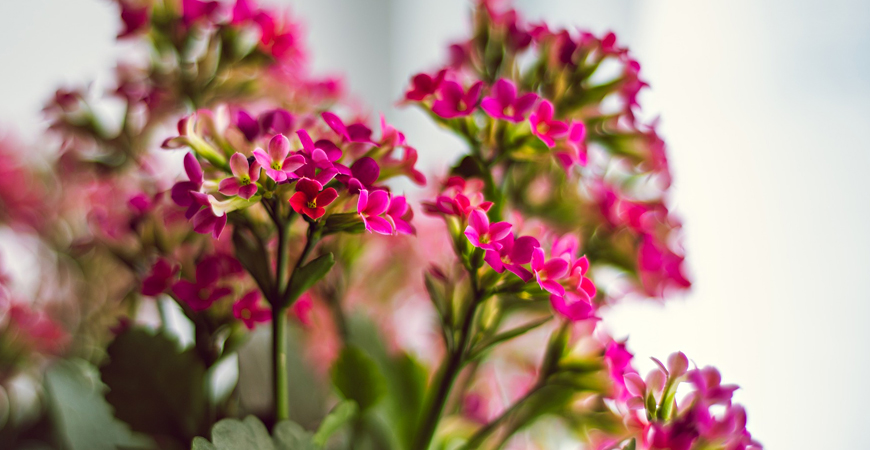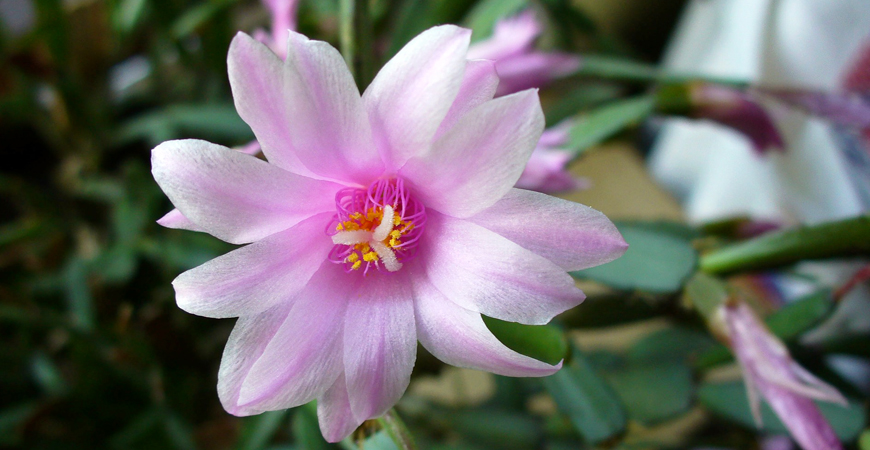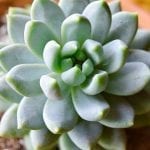
Top Easter Succulent Ideas for Decorating Your Home
Decorating your home for Easter? Adding succulents to a mix of bunnies and chicks is a beautiful way to spruce up your front door or dining table. Read on for our Easter succulent ideas to celebrate spring.
How do I make a succulent wreath for Easter?
Succulents appear as plump, pastel flowers when made into a wreath. Plus, a DIY succulent wreath is an inexpensive way to brighten your home year-round.
To create an eye-catching, living wreath, select succulents in varied types, sizes, and colors.
List of Supplies:
- Burlap fabric
- Coco fiber liner or mat
- Greening pins (optional)
- Hot glue gun
- Moss (optional)
- Cactus soil mix
- Scissors
- Small Easter picks or decorations; chicks, rabbits, faux eggs, etc. (optional)
- Succulent varieties in varying sizes, colors, and textures (choose pastel shades for a spring design)
- Metal wire wreath form with a back (made for plants)
- Wreath hanger
Directions:
- Remove the back section of the wreath form.
- Add the burlap fabric inside the wreath form. Press it down inside the concave area to fit.
- Pour in cactus soil. Press the soil down with your hands so it is tightly packed inside the burlap.
- Trim the excess burlap with scissors. Leave about 3 inches of burlap around the perimeter of the form to fold over.
- Cut out a small burlap circle from the center of the wreath form.
- Cover the soil with coco fiber that has been cut to fit the space.
- Use hot glue to glue the excess burlap to the coco fiber while folding the burlap to the inside. Let the glue dry.
- Then, reinsert the back of the wire wreath form.
- To add succulents, flip the wreath over and make a small cut in the liner.
- Move the soil with your fingers to make room for a plant.
- Remove the plants from the containers and gently remove most of the soil near the roots of these succulents.
- Add the succulents to the hole and gently press the soil around the roots.
- Use a greening pin to hold the plant in place.
- Repeat until you cover the liner with succulents. You’ll then be rewarded with a lush, beautiful wreath.
To learn more Easter succulent ideas, visit Howtomakeaburlapwreath.com.
What succulents should I use for my Easter wreath?
Here’s a sampling of succulents that work well in a succulent wreath.
Kalanchoe
Kalanchoe (kalanchoe blossfeldiana) is popular for its colorful blooms and shiny leaves. The flowers are small and four-petaled in pink, magenta, yellow, white, orange, or red hues. Furthermore, they tend to bloom from late winter to late spring.
This succulent is easy to find as it’s often sold in the floral section of grocery stores.
Blue spruce sedum
Blue spruce sedum (sedum reflexum) is popular for its small, yellow flowers and bluish-green foliage. These evergreen perennial plants bloom throughout the summer.
Since the star-shaped flowers are fragrant, they tend to attract butterflies. To encourage more blooms and denser growth, pinch back the plant.
‘Perle von nurnberg’ echeveria
Perle von nurnberg (echeveria gibbiflora ‘metallica’ × e. elegans) is popular for its grayish-purple, pearlescent leaves. When exposed to sunlight, the foliage will turn pinkish-purple.
The showy blooms are pink with a yellow interior, and the foliage grows in a rosette pattern. This prolific succulent blooms throughout the summer.
What is the difference between an Easter cactus and a Christmas cactus?
The difference between the two is the shape of the leaves. Easter cactus (rhipsalidopsis gaertnerrii) leaves have rounded edges, while the leaves of Christmas cactus (schlumgera bridgesti) have scalloped leaves with pointed edges.
Additionally, Easter cactus flowers in late winter to early spring. And bloom colors include white, red, lavender, pink, orange, and peach.
How do I care for an Easter cactus?
Light: Easter cactus prefers bright, indirect sunlight.
Water: Water sparingly. Let the soil dry to one inch below the surface before watering.
Feeding: After bloom time, fertilize the plant monthly with 10-10-10 fertilizer or low-nitrogen plant food.
Humidity: Easter cactus prefers a humid environment. Place the plant container on a saucer filled with water and pebbles. As the water evaporates, it will add humidity to the air surrounding the plant.
Diseases: Easter cactus is usually disease-free. However, do not overwater the plant as it may encourage disease. If the foliage turns red, the plant may receive too much sun or not enough moisture.
Repotting: Repot your Easter cactus every other year in spring. Easter cactus enjoys being pot-bound, so remove the plant from the pot, remove the old soil, add in new soil, then place it back in the same pot and water it.
Did you know? Succulents retain moisture, but it is still a good idea to mist your wreath of succulents weekly because it helps to keep the plants fresh and healthy.












